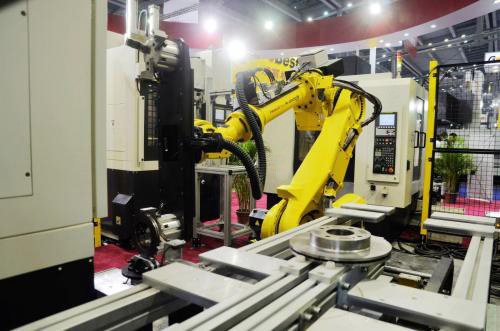Today's modern industrial development Intelligent robotics-related fields have become a new opportunity in the market, especially to labor-intensive new economic growth and provide more new jobs.In January 2019, the Ministry of Human Resources and Social Security released 15 new types of jobs, three of which are directly related to industrial robots, including: artificial intelligence engineers and technicians, industrial robotics system operators, industrial robotics system operators and maintainers. Universities and training institutions have set up additional professional studies and training in the field of intelligent robotics, to prepare for the arrival of the new industrial form. Are you ready?
The four major industrial robotics companies ABB, KUKA, Yaskawa Electric, Fanuc is accelerating at full speed. Robot collaborative production in the major factories in full swing. Currently the main collaborative robots such as: ABB's collaborative robot YUMI, KUKA's KUKA LBR iiwa, Yasukawa Electric's HC10, Fanuc's CR-7iA. In addition to the four major global and Chinese local robot manufacturers also have a variety of collaborative robots on display. Industrial Fair Machine Tools Automation Robotics New Energy Aviation Automotive, electronics, food, chemicals, plastics and rubber, metal products six major manufacturing industries, is considered the current application of industrial robots in the main areas. According to data, the future of China's industrial robots will have 1 million to 2 million units of annual demand, accounting for about 70% of China's industrial robot market demand. Currently more than 90% of industrial automation operations are traditional robots can not be completed, including mechanical pipe, preparation, loading and unloading, packaging, etc. has not yet been fully automated. Man-machine collaborative robots can partially compensate for the shortcomings of traditional industrial robots to complete mechanical management and other work.
It can be seen that human-robot collaboration is the future development direction of industrial robots, and collaborative robots will be increasingly used in production activities. In addition to these, with the development of artificial intelligence technology, industrial robots will be endowed with higher flexibility, thus realizing richer collaborative production. Collaborative robots will be expanded from industrial manufacturing to medical, education, security and other important areas, or will penetrate from industrial robots to service robots.
